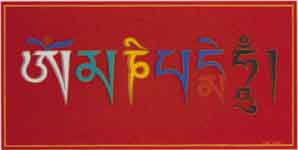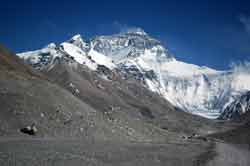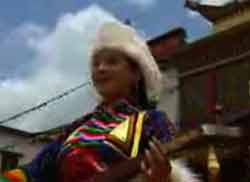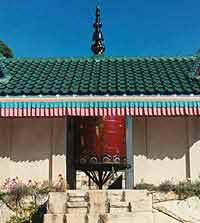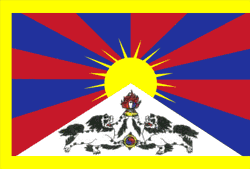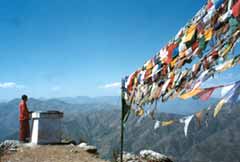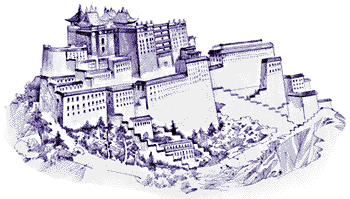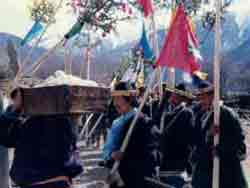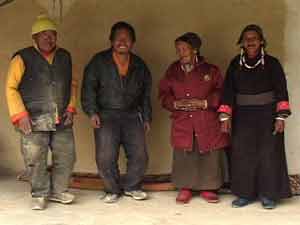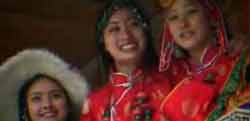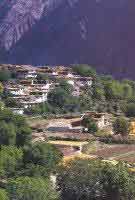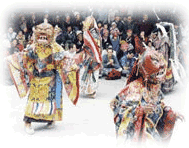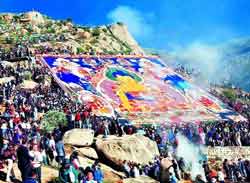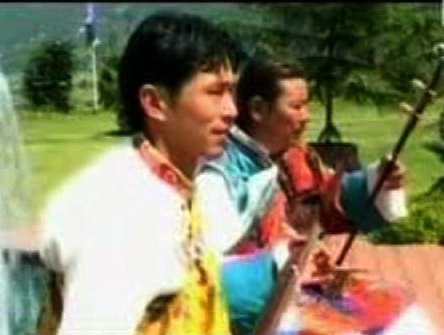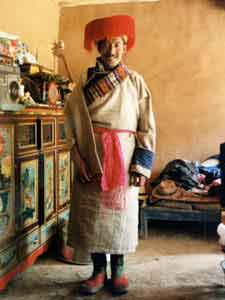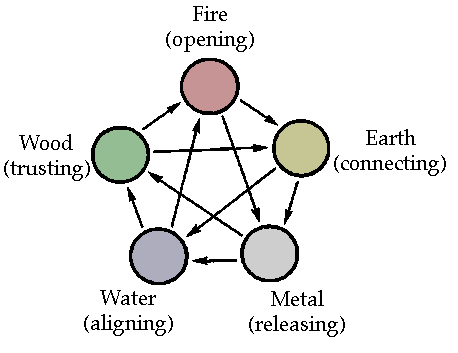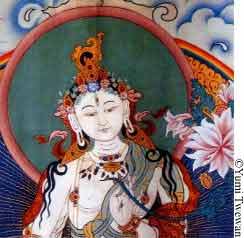|
I dedicate this page to all Tibetan people who deserve their just recognition. Tibetan Literature
TIME in TIBET (GoPro) from Edwin Lee on Vimeo. |
||||||||||||||||||||||||||||||||||||||||||||
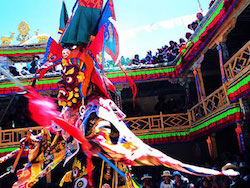 |
"Shi De"(Peace that brings happiness) Tibet Web SitesTibet
Directories
|
 |
||||||||||||||||||||||||||||||||||||||||||
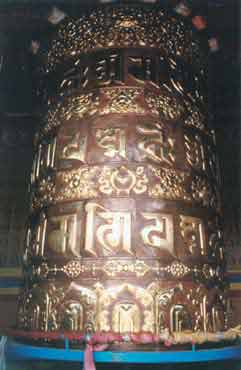 |
||||||||||||||||||||||||||||||||||||||||||||
| |
||||||||||||||||||||||||||||||||||||||||||||
| |
||||||||||||||||||||||||||||||||||||||||||||
|
|
Tibetan
Cultural Region Directory Amdo
Stars Palgon |
|
||||||||||||||||||||||||||||||||||||||||||
|
Like Mongolia, Tibet was the center of a vast empire. Beginning in the seventh century, Tibetan armies moved north, east, and west from the area around the Yalu River in the region near present-day Lhasa. Within a few decades, they had conquered much of central Asia, including the important routes through Xinjiang used by China to trade with Western neighbors. In the eighth century the Tibetan Empire was the most feared political power in Asia. For a short period in 755, Tibetans even captured Chang'an, then the capital of China, chasing the Chinese emperor and his court from the city. Internal disputes eventually divided the Tibetan Empire, and the court's authority gave way to local leaders. However, there are lasting legacies of this imperial period. Another lasting legacy of imperial Tibet is Buddhism. The first Tibetan emperors invited Buddhist monks from India and China to teach the religion to courtiers and aristocrats. The emperors also sent learned men to India and China to gather Buddhist scriptures and translate them into Tibetan. The teachings of Buddhism took firm root, quickly permeating Tibetan society. Buddhism came to flourish in Tibet as it had nowhere else. One difference in the Buddhism of Tibet is the importance of the lama, or teacher, with whose assistance the disciple will reach spiritual enlightenment. Therefore, Tibetan Buddhism is sometimes referred to as Lamaism. Monasteries play a key role in Tibetan society. As centers of religion, they not only minister to the spiritual needs of their lay communities but also preserve and propagate religious and scholarly traditions. In the case of Tibet, with a written history of over thirteen thousand years and thousands of religious texts, the scholarly tradition is of great significance. In recent times Tibet's people and their culture have gained increasing attention as they wrestle with the problem of finding a political space in the rapidly changing modern world. In the center stands a
magnificent thickly snow clad mountain,
which represents the great nation of Tibet,
widely known as the Land Surrounded by Snow
Mountains. On the slopes of the mountain
there proudly stand a pair of snow lions
blazing with the manes of fearlessness,
which represent the country's victorious
accomplishment of a unified spiritual and
secular life. Tibetan
is spoken by about 1 1⁄2 million people in
Tibet. Another 3 million speakers live in
the Chinese provinces of Szechwan, Tsinghai,
and Kansu. Additionally about one million
people in Nepal speak Tibetan as a second
language. In Tibet there are three dialect groups, all closely related to one another and descended from the language of the empire's armies. The first is Central Tibetan, spoken around Lhasa. The second is Khams, spoken east of Lhasa in Sichuan, Yunnan, and in some parts of Qinghai. The third dialect group is Amdo, spoken north of Lhasa, in Qinghai, Sichuan, and Gansu provinces. Tibetan languages are also spoken in Nepal, Bhutan, and India. All of these linguistic varieties use the same written language, which is based on an alphabet invented in Tibet during the reign of Srong bstan Sgam po (627-650). Of the major languages of Asia, Tibetan has the most in common with Burmese. The two languages belong to the same branch of the Sino-Tibetan family. The Tibetan alphabet dates from the 7th century A.D. It is based on the Sanskrit, having been adapted by a Tibetan minister sent to study Sanskrit in Kashmir. |
||||||||||||||||||||||||||||||||||||||||||||
|
Tibetan is an ancient nationality. According to
historical records, early before the Qin and Han
dynasties, the ancestors of the Tibetans
gathered along the banks of the middle reach of
the Brahmaputra. Due to the vast grasslands and
lush pastures, sheep, goat and yak were easily
fed and stock breeding gradually became their
main economic support. They also engaged in
agriculture and highland barley, a grain that is
the material of zanba and ghee. Wheat, peas and
canola are also planted. Tibetans have their own language
and letters. The wide use of Tibetan language
promotes the economic and cultural exchange
between the Tibetan and their neighbors.
Tibetans also have their own calendar. The exact
date for the new year changes every year but its
mostly around the months of February and March.
The Tibetan New Year for 2004 was on February
21st. The period from the 10th century to 16th
century was the golden age of Tibetan culture.
Tibetan art has a dual character: on the one
hand, it seems related to Indian art, with its
artistic patterns and stress on deep red, blue
and green; on the other, it is distinctively
Tibetan, different from both the East and the
West.
|
||||||||||||||||||||||||||||||||||||||||||||
|
|
||||||||||||||||||||||||||||||||||||||||||||
Tibetan Creation and Flood Myth
The English
word "myth" comes from the Greek word
"mythos" which means why do the seasons
change? or why does the sun travel across the sky?. Myths served
as the basis for rituals by
which the ways of humanity and
those of nature could be
psychologically reconciled.
|
Early
Tibetan literature was |
|||||||||||||||||||||||||||||||||||||||||||
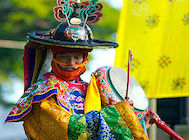 |
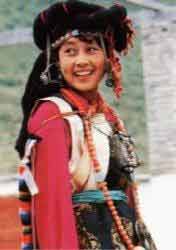 |
 |
||||||||||||||||||||||||||||||||||||||||||
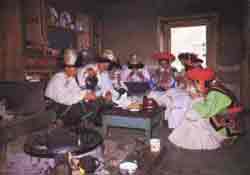 |
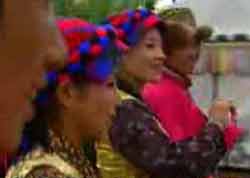 |
|||||||||||||||||||||||||||||||||||||||||||
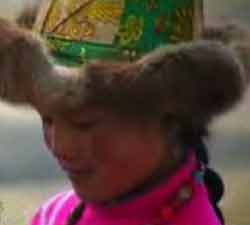 |
 |
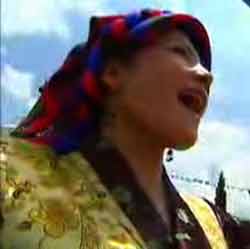 |
||||||||||||||||||||||||||||||||||||||||||
Festivals
|
||||||||||||||||||||||||||||||||||||||||||||
|
|
||||||||||||||||||||||||||||||||||||||||||||
|
|
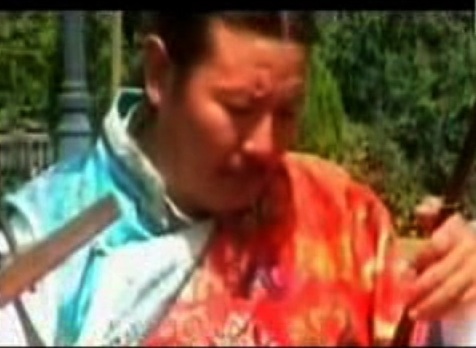 |
|||||||||||||||||||||||||||||||||||||||||||
 |
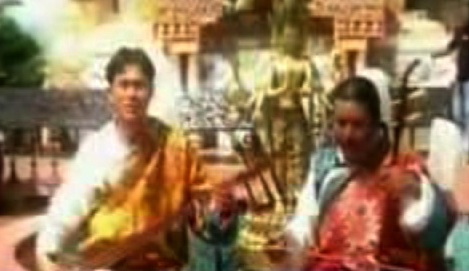 |
|||||||||||||||||||||||||||||||||||||||||||
Ache LhamoLhamo, or Ache Lhamo (literally, "sister goddess") is a Tibetan folk opera. It is a combination of dances, chants and songs, with repertoire drawn from Buddhist stories and Tibetan folklore. Tibetan opera was founded in the 14th century by Thang Tong Gyalpo, a Lama and a bridge builder. Gyalpo and seven recruited girls organised the first performance to raise funds for building bridges, which would facilitate transportation in Tibet. The tradition continued, and lhamo is held on various festive occasions such as the Linka and Sho Dun festivals. In the Tibetan language, the opera is called Al-che-lha-mo, the actor lha-mo-ba and the script khrab-gzhung. |
||||||||||||||||||||||||||||||||||||||||||||
LhokhaA legend that attests to the position of Lhokha in the annals of Tibetan history states that human beings are the creation of a union between a sacred monkey and women. According to archaeological findings and legends and ancient documents, people lived in this area up to four million years ago. A primitive civilization grew up in the Yarlung Valley and a field in the village of Sare near Tsetang Town, is said to be the first farming field in Tibet. The first king in Tibetan history, Nyatri Tsenpo, really a mere chief of the Yarlong tribe, began ruling over the Yarlung valley in the beginning of second century BC. He founded the Fan Kingdom and established a hereditary monarchy. During the reign of the ninth king, Budegong, agriculture flourished and he was able to mobilize the people to excavate canal, channelling water to irrigate the flatland. A formal forming system came into existence during the reign of Yixiulie, the eleventh king, when he devised standard measurement units for allocating farmland and counting livestock. Six palaces were built in the region between the rule of the ninth and fifteenth kings. 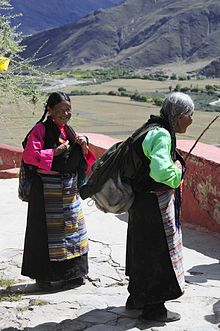 |
||||||||||||||||||||||||||||||||||||||||||||
The Five ElementsWater has the properties of
soaking and descending
|
||||||||||||||||||||||||||||||||||||||||||||
|
Compiled by: Glenn
Welker This site has been accessed 10,000,000 times since February 8, 1996. This page last updated 06/04/2019 23:31:25 |
||||||||||||||||||||||||||||||||||||||||||||
